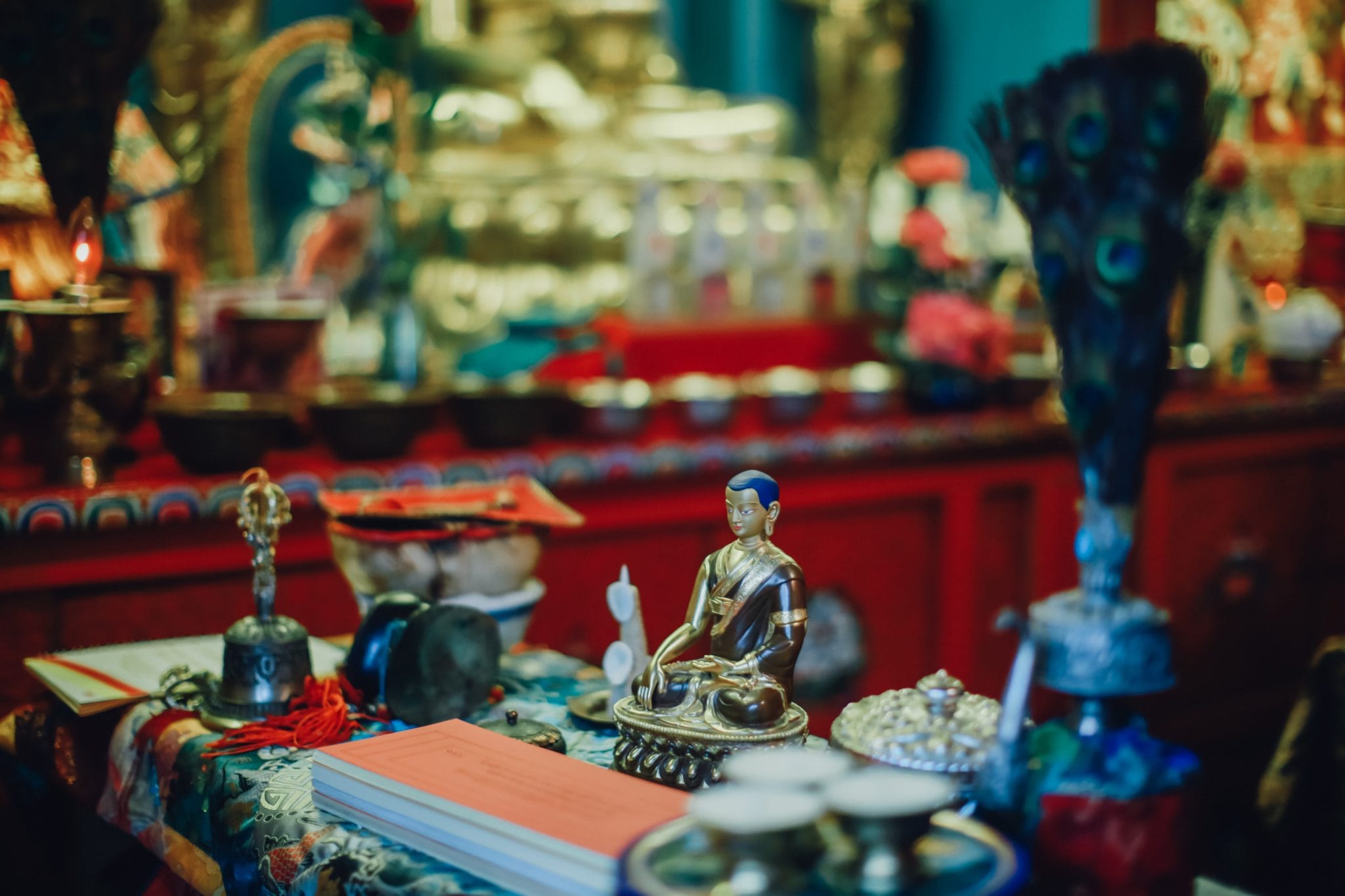I’m sitting in what I call the “mommy pit” at the gymnastics studio, the fenced sideline from which I’ve watched my daughter explore the potential of her human form over the last five years. She does a triple back handspring, vaulting backward in three blind spirals until she plants her feet in the unmistakable thwack of a solid landing, raising her arms in a completion salute.
Her teacher stands with arms crossed, her response inscrutable. Is that a slight smile? A frown? A nod? Is that encouragement? Criticism? Recognition? Who can tell?
“Again,” she instructs, and my daughter flips across the floor.
I’m thinking about teachers and what they empower in us, and how different that is from a teaching itself. I’m thinking about this because of the choice it presents to us in our own lives, and because of the crossroads we face in the propagation of American Buddhism.
What do teachers do? And given how difficult Buddhist teachers can be to locate, trust, understand, accept, admire, and follow, are they even necessary? It’s my guess that most Buddhists don’t think so, since by their own admission, so many are “unaffiliated,” unable, unwilling, or unconvinced they need to seek a teacher.
The justifications to dismiss the role of teachers and sanghas are compelling. Justifications always are. It’s inconvenient, for one. You might have to travel. Teachers are few and far between. It takes time. You have to meet other people. You might not like them. It’s frightening. Looks cultlike. And what if you get the wrong one? Besides, we live in the virtual age, when Buddhist information, discussion, and so-called communities proliferate on the web. Shouldn’t we advance the dharma into modernity? Who needs to meet face-to-face when you have Skype?
Once again I glance at the gym teacher standing among her charges. A handspring isn’t something I do, or can teach my daughter to do. What was it that turned her timidity into trust, her fear into freeform flight? A firm touch to her knees? A hand on her back? The sheer persistence of practice? A grin? A shout? The company of her teammates, who amplify her effort with the energy of their own? Perhaps all of that, plus the teacher’s steadfast reassurance that my daughter could do what she didn’t believe she could: go beyond her limits.
That’s what teachers are for. That’s what Buddhism is for. Sure, it has philosophical appeal, cultural richness, and ethical applications, but Buddhism is foremost the personal practice of transforming one’s life, a radical leap beyond the conceptual limitations of self and egocentric mind. It is the triple back handspring of spiritual practices, and it requires lots of footwork to step out of one’s head and into buddha mind, the miraculous manifestation that is one’s true nature.
Not everyone wants to go that far. But that is what Buddhism is. That is what Buddha did, what Buddha taught, what Buddha demonstrated in the twirling of a flower at Mount Gridhrakuta, and that is where he and Mahakashyapa met—in the meeting of minds that is not a figure of speech, but rather the literal mind-to-mind transmission that is the basis of all living lineages.
Of course, Buddha himself did not have a teacher, an oft-repeated fact. It’s a fact that doesn’t apply to me unless I am prepared to match his resolve, urgency, and commitment in my own practice. Let’s be real: I fall far short of the mark.
It is tempting to view Buddhism’s lineage and literature as anachronistic in our time, appreciating the historic teaching stories for their poetic imagery alone. How quaint: patchrobed monks trekking hillsides in search of dharma, testing themselves in face-to-face encounters with living teachers. Nowadays, a search is what you do on Google and a chat is on a discussion board, where you can say things you’d never say to someone’s face. Just yesterday I took Dr. Oz’s RealAge test as advertised on Facebook. It told me what I wanted to hear—that I’m younger than my years—but I know it’s not real. We always know when we are fooling ourselves.
Buddhism is a living lineage, as all of life is a lineage. That’s how it comes to us, or we would not have it at all. Something amazing happens in the space where people come together—out beyond the fenced sideline where the action is only passively observed. Not everyone will risk it, not everyone will see, but a few will, and on this precarious point, against all odds, the buddhadharma will always land on its feet, arms outstretched in a joyous salute.

